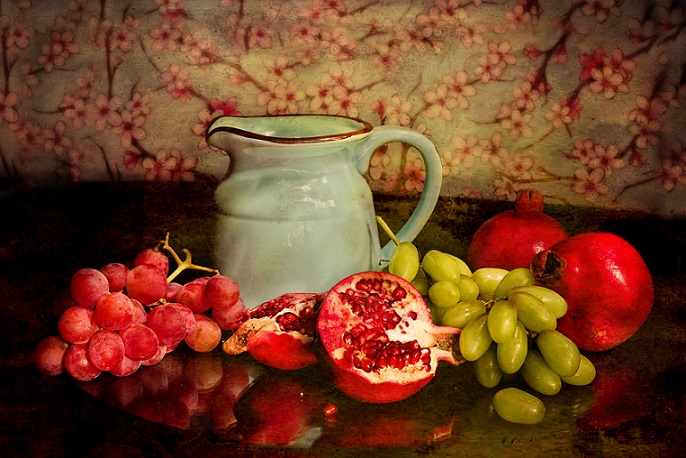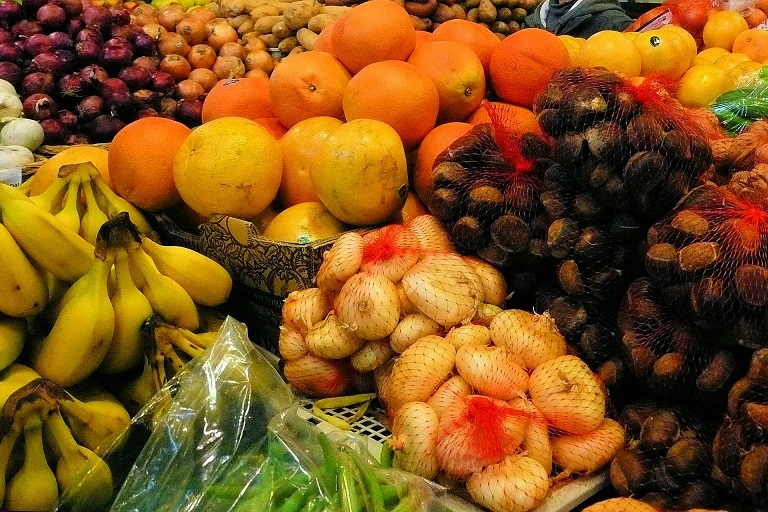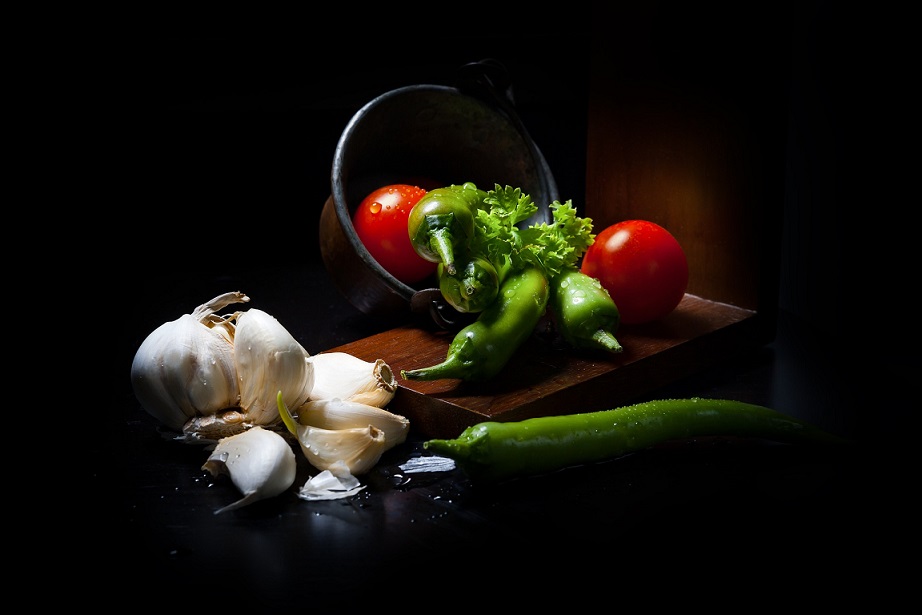The German publisher Taschen will launch the “Les dîners de Gala” volume on 20th November, written by the Spanish painter and inspired by one of the most recurring muses in his art: his wife.
 Ibis Frade
Ibis Frade
Since its launch in 1973, this is the first reissue of the text that portrays the culinary tastes of the artist in an “extravagant” manner, according the Teutonic brand.
The dishes that were served at the legendary dinners that Dalí hosted with his wife were the inspiration for this cookbook and will show the public an unbridled vision of the artist’s gastronomy.
The book has 136 pages grouped into 12 chapters, one of them dedicated to aphrodisiacal dishes. It is also illustrated with collages, paintings and sketches by Dalí.
It is estimated that there are only around 400 prints of the recipe book, and some have been auctioned for large amounts. On one occasion, the creator of The Soft Watches said that when he was six, his greatest wish was to become a chef, but life took him another way.
However, his taste for culinary art never disappeared, and the proof is in German publisher, Taschen’s publication
Dalí loved spectacle and exhibited his eccentricities with delight. But after the death of his wife Gala, he tried to kill himself several times and he’s said to have lost the will to live…
 Dalí’s life was also full of ‘surrealist’ successes. He had a brother who he didn’t know who died some months before his birth, and with whom he shared the name: Salvador.
Dalí’s life was also full of ‘surrealist’ successes. He had a brother who he didn’t know who died some months before his birth, and with whom he shared the name: Salvador.
It’s no wonder then that the melting clocks genius thought that he was his brother’s reincarnation.
While his work was transgressive in its concept and technique, he declared himself to be a great admirer of classic painting, and especially Diego Velázquez. Apparently, his pointed moustache mimicked the Spanish painter of “Las Meninas”. Andy Warhol claimed that Dalí was the most important influence on Pop Art and the logo the Catalonian designed for Chupa-Chups, still in use today, had a lot of features of the trend.
Dalí lived with and was a friend of other greats of his generation, like Federico García Lorca and Luis Buñuel. Much less publicised was his friendship with Walt Disney.
Dalí and Disney’s friendship was indisputably a relationship with some surrealistic tints, those so enjoyed by the Catalonian painter and admirer of eccentricities and mysteries.
The Dalí museum in Florida (United States) opened earlier this year and until June there was an exhibition Disney and Dalí: Architects of the Imagination, a sort of graphical review of their friendship and joint creative desires.
 Dalí believed he had found a “soulmate” in Disney when he saw the dancing skeletons from the series “Silly symphony” (broadcast from 1929 to 1939). These images attracted his attention in a particular way, explained curator of the exhibition, Ted Nicolaou.
Dalí believed he had found a “soulmate” in Disney when he saw the dancing skeletons from the series “Silly symphony” (broadcast from 1929 to 1939). These images attracted his attention in a particular way, explained curator of the exhibition, Ted Nicolaou.
But the father of one of the largest animation emporiums in the world had admiration for the painter roused after reading his autobiography. He even sent his copy to be signed.
Later, he entertained the idea of working together on an animation film similar to the 1940 musical “Fantasía”. In fact, the Spanish artist had already made part of a dream sequence for Alfred Hitchcock’s “Spellbound”.
They finally met in 1945 at one of the many Hollywood parties, and although both had different styles and personalities, they shared the same fascination for the fantastical.
Then came the idea of making the film “Destino”, and Disney introduced Dalí to one of his most trusted animators, John Hench, so that he could help with the audio-visuals.
But the great surrealist work ran into problems when Dalí tried to create a plot that pleased Disney, and the differences between them grew.
 Dalí wanted the film to be a “magic exposition of life in the labyrinth of time.” The American filmmaker simply saw it as “a love story, a boy meets a girl.”
Dalí wanted the film to be a “magic exposition of life in the labyrinth of time.” The American filmmaker simply saw it as “a love story, a boy meets a girl.”
In the middle of this, Dalí introduced strange images of headless baseball players and dancers. The story was no more, and afterhaving spent about $70,000 on the project, Disney decided to cancel it.
With his immense ego and the high regard in which he held himself and his work, it’s no wonder that Dalí felt resentful, but the “professional separation” didn’t stop the friendship. They continued visiting each other, talking about fishing and even making a film based on Don Quijote. Disney died in 1966 and Dalí in 1989 without having finished any work together. But the stubborn heirs of both the creators didn’t give up and in 2003, “Destino” finally saw the light, under the direction of Frenchman, Dominique Monfery.
(Translated by Luke Owain Boult – Email: rayolingo@gmail.com) – Photos: Pixabay












.jpg)












